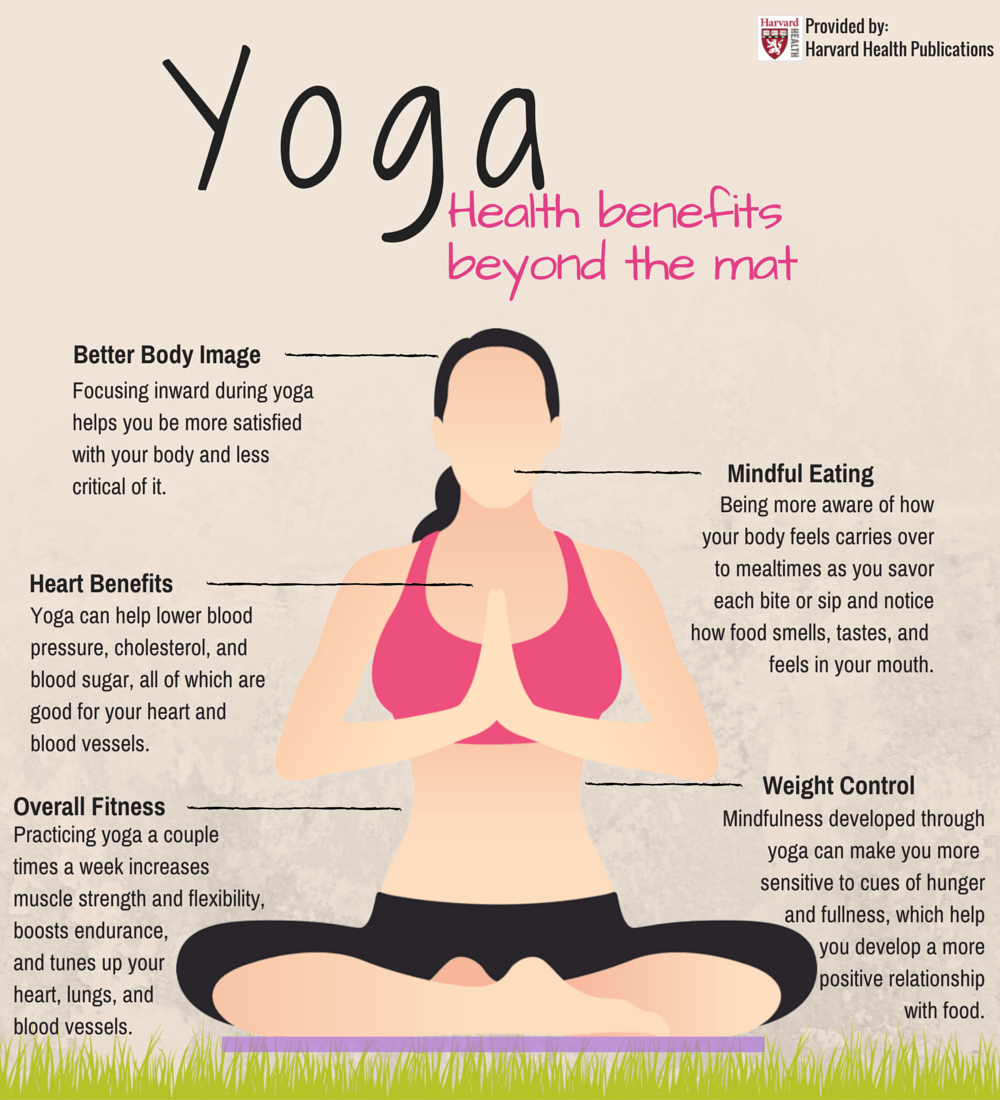Are you looking to relax, unwind, and enhance your overall well-being? Look no further than yoga breathing exercises for beginners. These simple yet powerful techniques can help you find a sense of calm amidst the chaos of daily life. Whether you’re new to yoga or a seasoned practitioner, incorporating breathing exercises into your routine can bring numerous benefits, such as reducing stress, improving lung capacity, and promoting mindfulness. So, take a deep breath, and let’s explore the world of yoga breathing exercises together.

This image is property of pixabay.com.
Types of Yoga Breathing Exercises
Diaphragmatic Breathing
Diaphragmatic breathing, also known as belly breathing or abdominal breathing, is one of the most fundamental and widely practiced breathing techniques in yoga. This technique involves consciously engaging the diaphragm, a large muscle located below the lungs, to breathe deeply into the belly. By filling the lungs completely, diaphragmatic breathing ensures optimal oxygen intake and promotes relaxation.
Alternate Nostril Breathing
Alternate nostril breathing, also referred to as Nadi Shodhana in Sanskrit, is a powerful pranayama technique that focuses on balancing the flow of energy in the body. This technique involves using the thumb and ring finger of the right hand to close and open alternate nostrils while inhaling and exhaling. Alternate nostril breathing helps to calm the mind, reduce stress, and enhance overall mental clarity.
Ujjayi Breathing
Ujjayi breathing, sometimes called the “ocean breath,” is a deep, diaphragmatic breathing technique commonly used in yoga practices like Ashtanga and Vinyasa. This technique involves constricting the back of the throat slightly to create an audible sound resembling ocean waves or Darth Vader’s breath. Ujjayi breathing not only helps to deepen the breath but also aids in focusing the mind and cultivating internal heat during physical yoga practices.
Kapalabhati Breathing
Kapalabhati breathing, often referred to as skull-shining breath, is a dynamic breathing technique that involves forceful exhalations through the nose while the inhalations are more passive. This rapid abdominal breathing technique is known for its cleansing effect on the respiratory system. Kapalabhati breathing not only helps to clear the energy channels but also increases mental alertness and prepares the body for meditation.
Deep Belly Breathing
Deep belly breathing, also called full yogic breathing or three-part breathing, involves engaging the diaphragm, ribcage, and upper chest to fully expand and contract while inhaling and exhaling. This technique allows for maximum oxygen intake and helps to release tension in the muscles surrounding the ribcage. Deep belly breathing is beneficial for calming the nervous system, reducing anxiety, and improving overall respiratory function.
Benefits of Yoga Breathing Exercises
Stress Relief
One of the most significant benefits of practicing yoga breathing exercises is their ability to relieve stress and promote relaxation. Deep, intentional breathing triggers the relaxation response in the body, activating the parasympathetic nervous system. This helps to counteract the effects of the body’s stress response, reducing anxiety, soothing the mind, and inducing a state of calmness.
Improved Lung Function
Regular practice of yoga breathing exercises helps to improve lung function by increasing lung capacity and maximizing oxygen intake. By consciously engaging the diaphragm and deepening the breath, yoga breathing exercises strengthen the respiratory muscles and enhance the efficiency of oxygen exchange in the lungs. This can lead to improved overall respiratory health and increased physical endurance.
Enhanced Relaxation Response
Yoga breathing exercises work in conjunction with the body’s relaxation response, activating the parasympathetic nervous system. By consciously slowing down and deepening the breath, these exercises stimulate the body’s natural relaxation mechanisms. This can result in reduced heart rate, lowered blood pressure, and a sense of deep relaxation and tranquility.
Increased Energy Levels
Contrary to popular belief, yoga breathing exercises not only promote relaxation but also increase energy levels. Deep, conscious breathing helps to oxygenate the bloodstream, delivering fresh oxygen to the body’s cells and tissues. This can lead to a boost in energy, improved mental focus, and enhanced overall vitality.
How to Practice Yoga Breathing Exercises
Find a Comfortable Position
Before you begin practicing yoga breathing exercises, find a comfortable position that allows you to relax and focus on your breath. This can be sitting cross-legged on the floor, resting on a chair, or lying down on your back. Make sure your spine is straight, and gently close your eyes to deepen your inward focus.
Focus on Your Breath
Once you are settled in a comfortable position, shift your attention to your breath. Observe how your breath feels as it moves in and out of your body. Notice the natural rhythm and depth of your breath without trying to change anything just yet. Simply become present with the sensation of breathing.
Start with Diaphragmatic Breathing
Diaphragmatic breathing is a great starting point for beginners. Place one hand on your chest and the other hand on your belly. As you inhale, let your belly expand and rise as your diaphragm engages. Exhale and allow your belly to naturally fall as your diaphragm relaxes. This technique helps to gradually deepen and slow down the breath.
Progress to Other Techniques
Once you feel comfortable with diaphragmatic breathing, you can begin exploring other yoga breathing techniques, such as alternate nostril breathing, ujjayi breathing, kapalabhati breathing, and deep belly breathing. Each technique offers unique benefits and may resonate differently with your body and mind. Gradually introduce these techniques into your practice, always listening to your body and adjusting as needed.
Tips for Beginners
Start Slowly
If you are new to yoga breathing exercises, it’s essential to start slowly and gradually build up your practice. Begin with just a few minutes of conscious breathing each day and gradually increase the duration over time. Avoid pushing yourself too hard or overexerting, as this can lead to discomfort or frustration.
Listen to Your Body
As you practice yoga breathing exercises, listen to your body’s signals and adjust accordingly. Pay attention to any discomfort or strain in your breath or body, and make modifications as necessary. Each individual is unique, and what works for someone else may not work for you. Trust your intuition and customize your practice to suit your needs.
Be Patient with Yourself
Like any new skill or practice, mastering yoga breathing exercises takes time and patience. It’s normal to experience some challenges or inconsistencies in the beginning. Instead of getting discouraged, be patient with yourself and celebrate the small achievements along the way. With consistent effort and a positive mindset, you will progress and reap the benefits of your practice.
Practice Regularly
Consistency is key when it comes to yoga breathing exercises. Set aside dedicated time each day to practice your chosen techniques. By establishing a regular routine, you will cultivate a deeper connection with your breath and enhance your overall well-being. Remember, even a few minutes of conscious breathing each day can make a significant difference in your physical and mental health.

This image is property of pixabay.com.
Common Mistakes to Avoid
Shallow Breathing
One common mistake beginners make is shallow breathing, where only the chest or upper chest expands during inhalation. Shallow breathing limits the amount of oxygen intake and prevents the full activation of the diaphragm. To avoid this, focus on deepening your breath, allowing the abdomen and ribcage to expand fully with each inhalation.
Holding Breath
Another common mistake is inadvertently holding the breath during yoga breathing exercises. It’s important to maintain a continuous flow of breath throughout the practice, allowing the inhales and exhales to be smooth and uninterrupted. If you find yourself holding the breath, gently remind yourself to keep the breath flowing steadily.
Tensing the Body
Tension in the body can inhibit the free flow of breath and make it difficult to fully engage the diaphragm. Be mindful of any unnecessary tension in the jaw, neck, shoulders, or abdomen while practicing yoga breathing exercises. Relax these areas and allow the breath to flow naturally and effortlessly.
Precautions and Contraindications
Consult Your Doctor
If you have any underlying medical conditions, it’s important to consult your doctor before beginning a new yoga breathing practice. Some breathing techniques may not be suitable or require modifications for individuals with certain respiratory or cardiovascular conditions. Your healthcare provider can provide personalized guidance based on your specific needs.
Avoid Straining
Yoga breathing exercises should never feel forced or cause discomfort. Avoid straining or pushing yourself to the point of discomfort while practicing. Breathing should be effortless and gentle. If you experience any pain, lightheadedness, or dizziness, stop the practice and consult a healthcare professional.
Stop if Dizziness or Shortness of Breath Occur
If you experience dizziness or shortness of breath during your yoga breathing practice, it’s important to listen to your body and take a break. These symptoms may be a sign that you are overexerting or not breathing in a way that supports your body’s needs. Rest, breathe naturally, and seek guidance from a qualified instructor if necessary.

This image is property of pixabay.com.
Breathing Techniques for Specific Purposes
Breathing for Relaxation
If your goal is relaxation and stress relief, techniques like diaphragmatic breathing, alternate nostril breathing, and ujjayi breathing can be particularly beneficial. These techniques help to activate the relaxation response and promote a sense of calmness and tranquility. Experiment with different techniques to find what works best for you.
Breathing for Energy
If you’re looking to boost your energy levels, kapalabhati breathing and deep belly breathing can be effective choices. These techniques invigorate the body by increasing oxygen intake and stimulating circulation. Incorporating these techniques into your practice can help to awaken and energize both the body and mind.
Incorporating Breathing Exercises into Your Yoga Practice
Begin and End with Breathing Exercises
To fully incorporate breathing exercises into your yoga practice, consider starting and ending each session with a few minutes of conscious breathing. By setting the intention and focusing on the breath at the beginning, you can cultivate a deeper sense of presence and mindfulness throughout your practice. Ending with breathing exercises allows you to integrate the benefits of your practice and transition into the rest of your day with a calm and centered mindset.
Sync Your Breathing with Yoga Poses
Breathing consciously and syncing your breath with your movements is a fundamental aspect of yoga practice. As you flow through yoga poses, coordinate your breath with each movement. Inhale as you expand, lengthen, or lift, and exhale as you contract, fold, or release. This synchronization of breath and movement not only enhances the physical benefits of your practice but also deepens your mind-body connection.

Additional Resources
Yoga Breathing Apps and Websites
There are various apps and websites available that offer guided yoga breathing exercises and pranayama tutorials. These resources can be helpful, especially for beginners who prefer structured guidance. Some popular apps include “Headspace,” “Calm,” and “Yoga Breathing Exercises.” Websites like “Yoga Journal” and “DoYogaWithMe” also provide tutorials and articles on yoga breathing techniques.
Books on Yoga Breathing
If you prefer to delve deeper into the world of yoga breathing, there are numerous books available that offer comprehensive guidance and detailed explanations of different techniques. Some recommended titles include “The Breathing Book” by Donna Farhi, “Light on Pranayama” by B.K.S. Iyengar, and “Yoga for Breath Awareness” by Leslie Kaminoff.
Conclusion
Embarking on your journey with yoga breathing exercises can be a transformative experience for your overall well-being. By exploring various techniques, you can find the ones that resonate most with you and incorporate them into your daily life. Whether you seek stress relief, improved lung function, enhanced relaxation, increased energy, or a combination of these benefits, yoga breathing exercises offer a simple yet powerful way to tap into the incredible potential of your breath. Start your breathing journey today and enjoy the profound benefits of yoga breathing.





